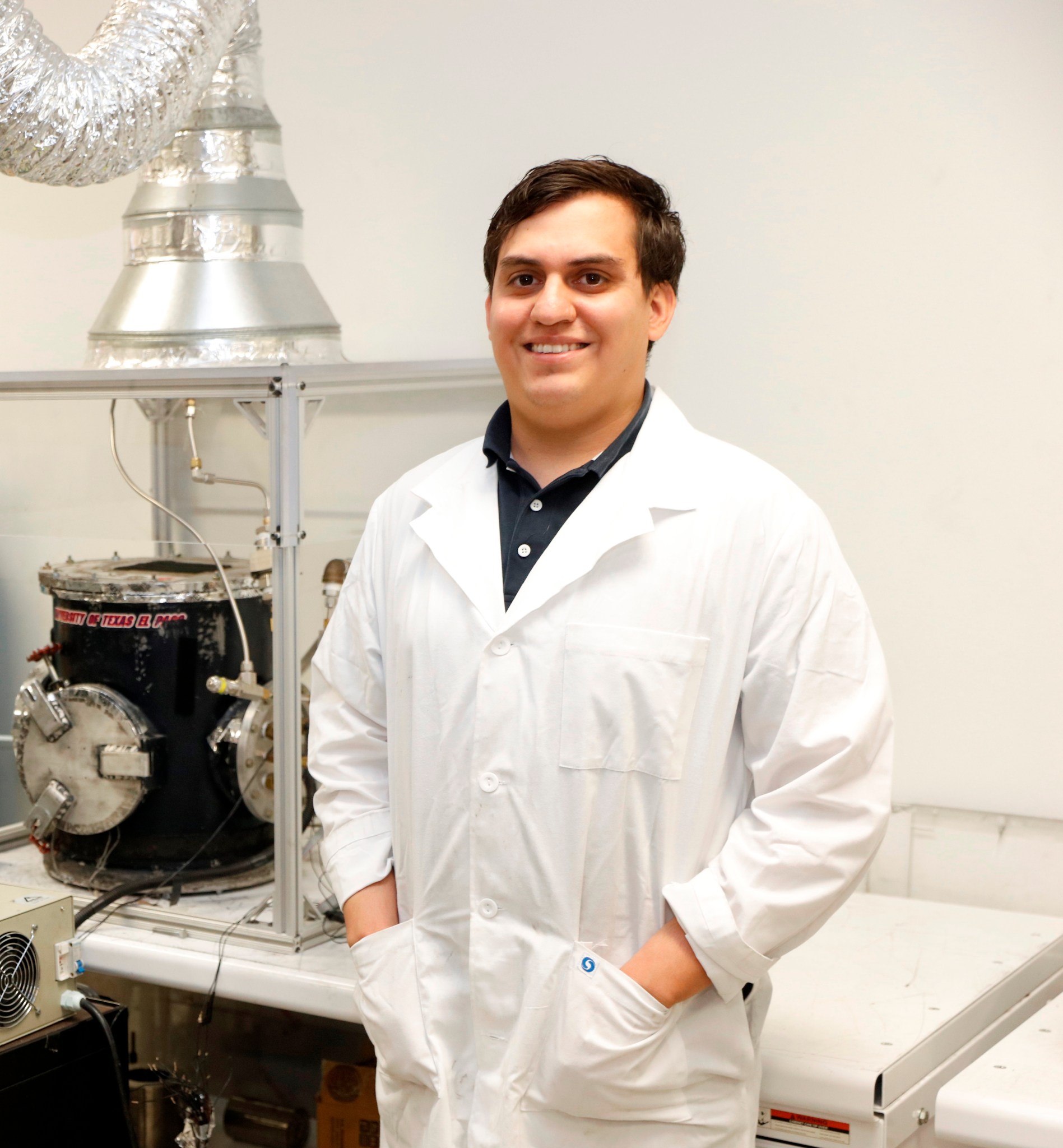Sergio Cordova
University of Texas, El Paso
Over the past decades NASA has commonly used radioisotope thermoelectric generators (RTGs) as a power source for deep space missions. Recently, an RTG was also used in Curiosity Mars rover. In these devices, radioactive decay generates heat, which is then transformed to electric power in thermoelectric (TE) converters. Because of the low supply of radioactive materials that are currently used by NASA, there is an urgent need for improving the performance of RTGs. One pathway for this is to use more efficient thermoelectric materials in RTGs. The goal of the proposed project is to create materials with superior thermolelectric properties using combustion synthesis. Specifically, it is proposed to focus on the fabrication of tin selenide (SnSe), copper selenide (Cu2Se), and lead telluride (PbTe), and use the so-called mechanical activation-assisted self-propagating high-temperature synthesis (MASHS). The research objectives are:
- To investigate the feasibility of fabricating SnSe, Cu2Se, and PbTe based materials with improved TE properties via mechanical activation-assisted self-propagating high-temperature synthesis (MASHS).
- To investigate pressureless sintering of the obtained materials and compare with different types of sintering such as hot pressing, spark plasma sintering, and shockwave consolidation.
- To determine thermophysical and thermoelectric properties of the obtained materials.






























